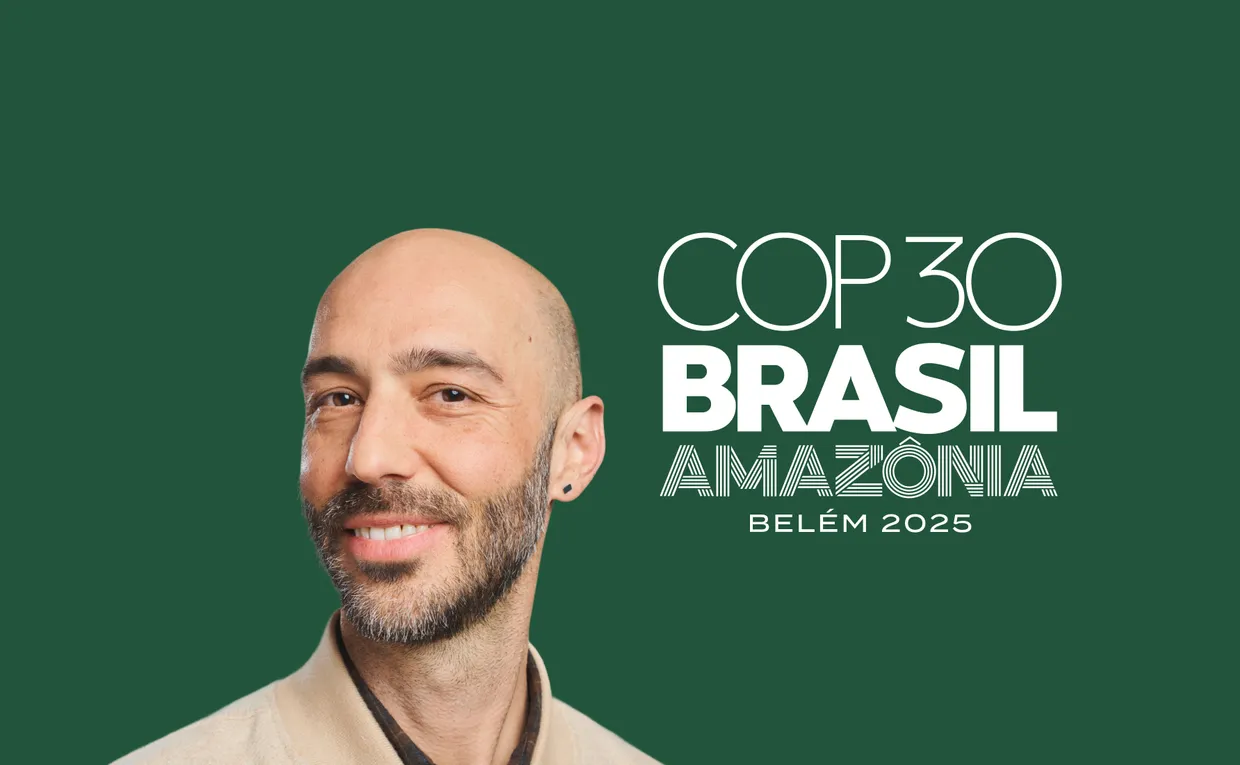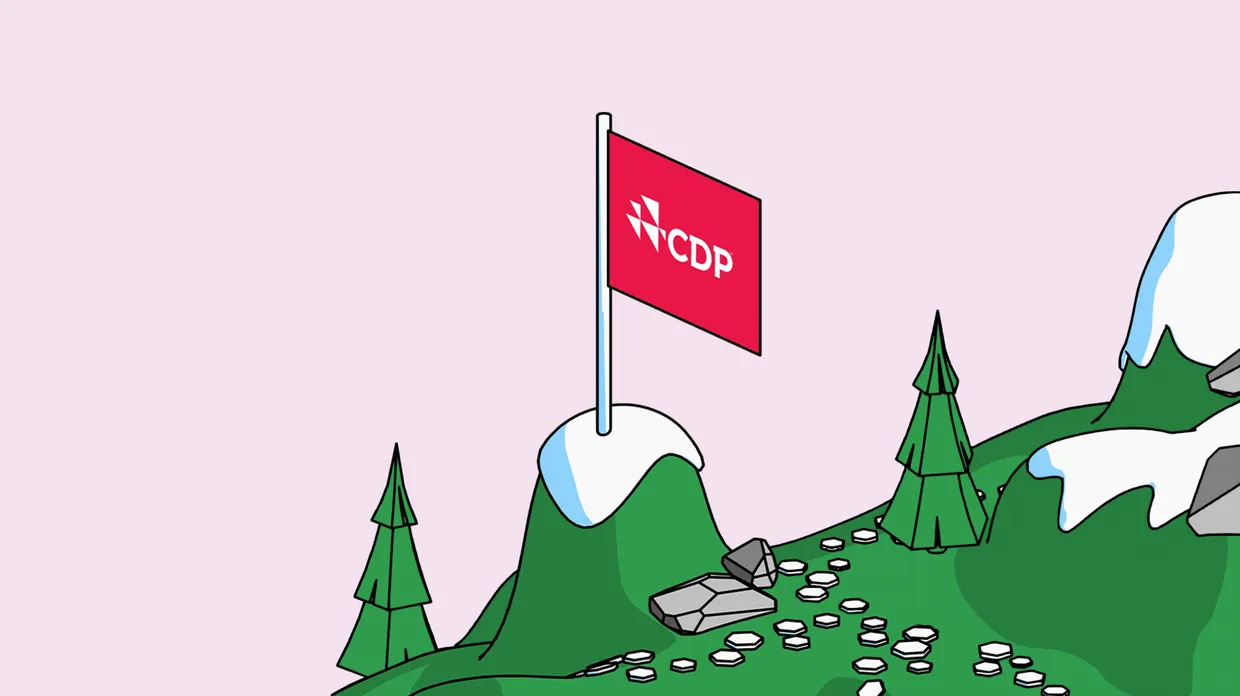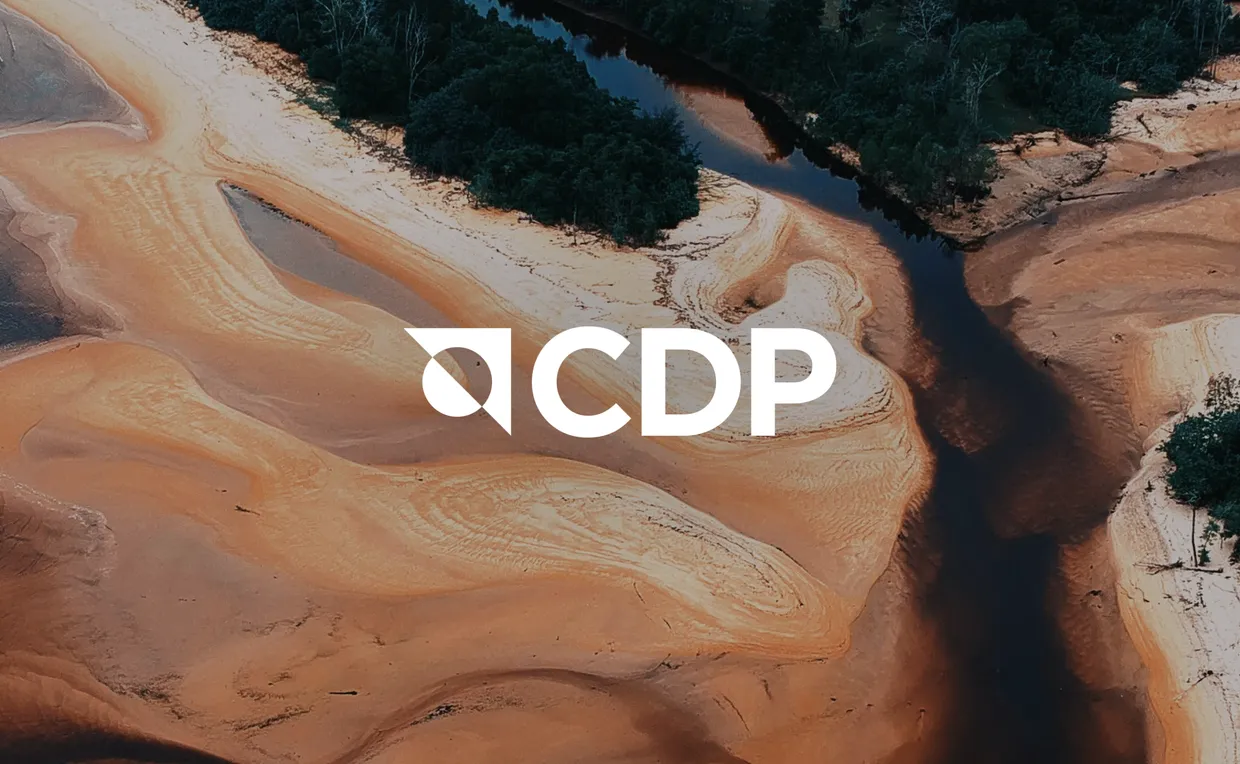Davos. The high-altitude, high-flying annual event where corporate and state leaders plan the year ahead. This year, we attended with one simple message: Let’s get shroomy.
Yes, mushrooms. We were in the mountains after all.
Mushrooms are really amazing. They come in all shapes and sizes, with different properties. They’re superfoods. They’re used in medicine (antibiotics are essentially modeled on mushrooms). And they’re used to create new sustainable building materials.
These specimens appeared literally overnight in the forest behind my parents’ house. Some are edible, others not. I’m writing this article today, so clearly we picked the right ones for our tasty risotto.
But what have mushrooms got to do with carbon?
Interestingly mushrooms also build massive networks underground, physically connecting plants.
These networks help trees to absorb water, nutrients, and – drumroll – carbon. More impressively, they even help plants communicate. If one tree is attacked by bacteria, the other trees will notice and start preparing their defenses too.
It’s called the Wood Wide Web.
And in Davos, we’ve used this as an analogy for what we are building at Sweep. The connecting tissue between companies that allow them to communicate and reduce carbon emissions.
Carbon is both a data and a network problem
Data, because to manage your corporate emissions, you need a big range of data points, from your energy consumption to your staff’s commuting, and from your purchases to your loan books and investments.
Network, because a lot of that data actually sits with your partners. Your staff, your suppliers, your investments (the industry calls this Scope 3 emissions).
That poses a big challenge for companies. And at Sweep, we know that it’s a massive opportunity to create large-scale change, too.
The data network in action
1. Where do you get your data from?
Sourcing the right data from your network is key to having a complete picture of your real emissions. That also means getting data more frequently, in an automated way, because you can’t manage and steer something if you only check in once a year.
2. How do you know which data matters?
You want the data to be granular where it matters for you (carbon experts call this activity-based data rather than spend-based data). With granular data, you can better understand your unique levers, identify opportunities to improve, and plan how to tackle the reductions.
3. How can you track progress?
Keep in mind that every single business decision your staff makes, can result in more or less carbon. So it’s key to get all hands on deck, delegate tasks, and track the progress along the way.
4. How can you influence your networks to take action too?
And finally, this network exchange provides a massive opportunity to influence your partners to take action themselves. And help shape how your value chain works in a decarbonized future.
Raphael Güller, Sweep’s cofounder at an event in Davos in January 2032.
From small actions to a network of change
“Not one company or one country can turn this around on its own,” said John Kerry, U.S. Special Presidential Envoy for Climate.
“From carbon capture to small nuclear reactors, there’s an unbelievable amount of economical activity that’s reflective of global decisions being made. I’m convinced we’ll get to a low-carbon economy. And a single president or CEO will not change this.”
That’s why we’ve built Sweep as a network tool. And we optimized it for the largest networks out there: corporations and financial organizations.
You should help to actively shape the future, together with your partners, rather than just react to what gets imposed. You might find that yes, there are a lot of risks to mitigate, but you’ll also unlock many opportunities for your company, and become a leader in a decarbonized future.
At Sweep, we call these businesses Forever Companies.
John Kerry, U.S. Special Presidential Envoy for Climate speaking in Davos.
Sweep allows you to easily measure your carbon footprint. Start by modeling your supply chain and investment portfolio using benchmark data and identifying your emission hotspots. Then dive deeper by sending each partner and investee in a straightforward climate survey. This is the first step to embarking on their own climate journey and tracking the impact of their actions – benefiting both of you. See how it works




